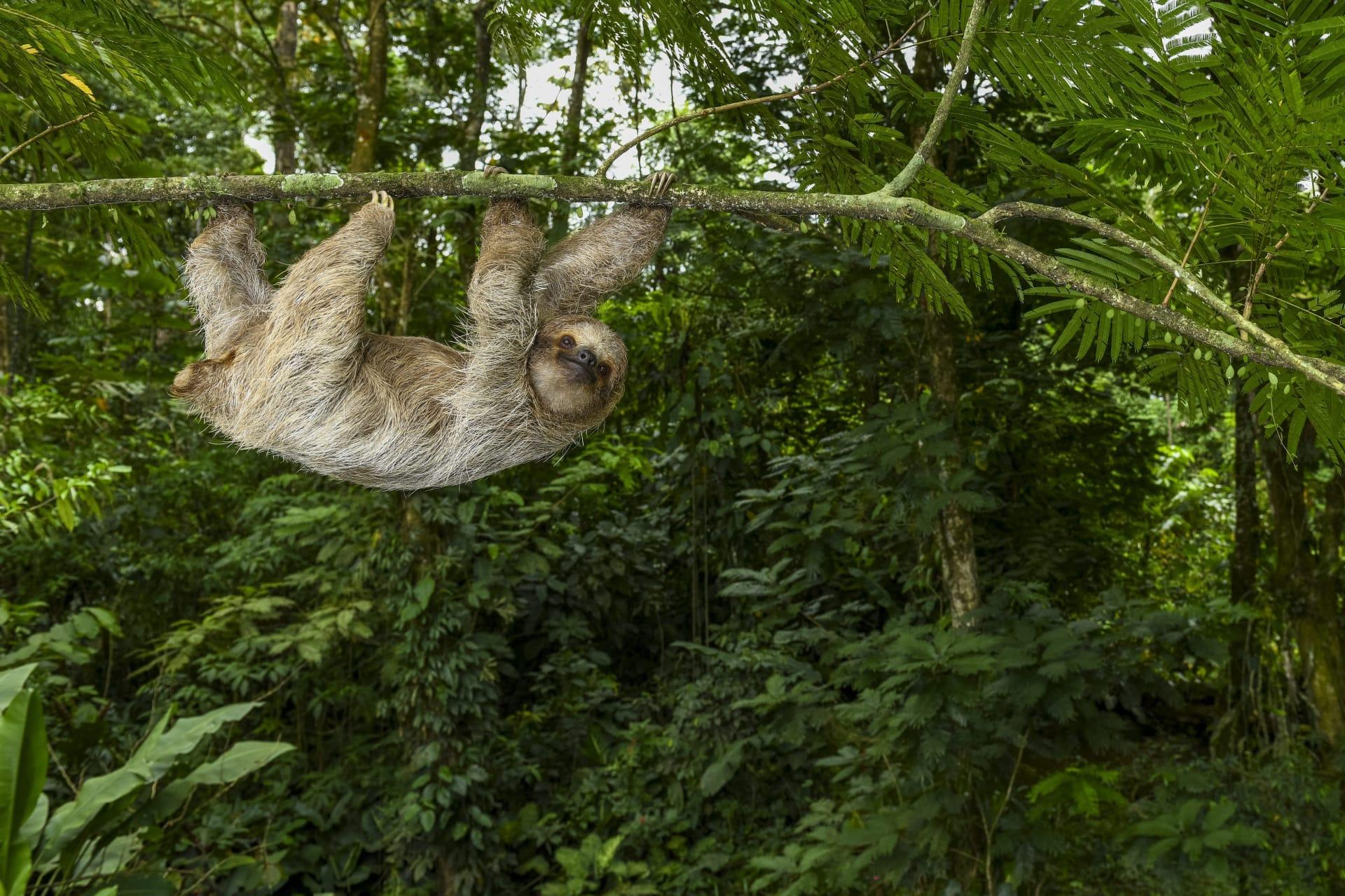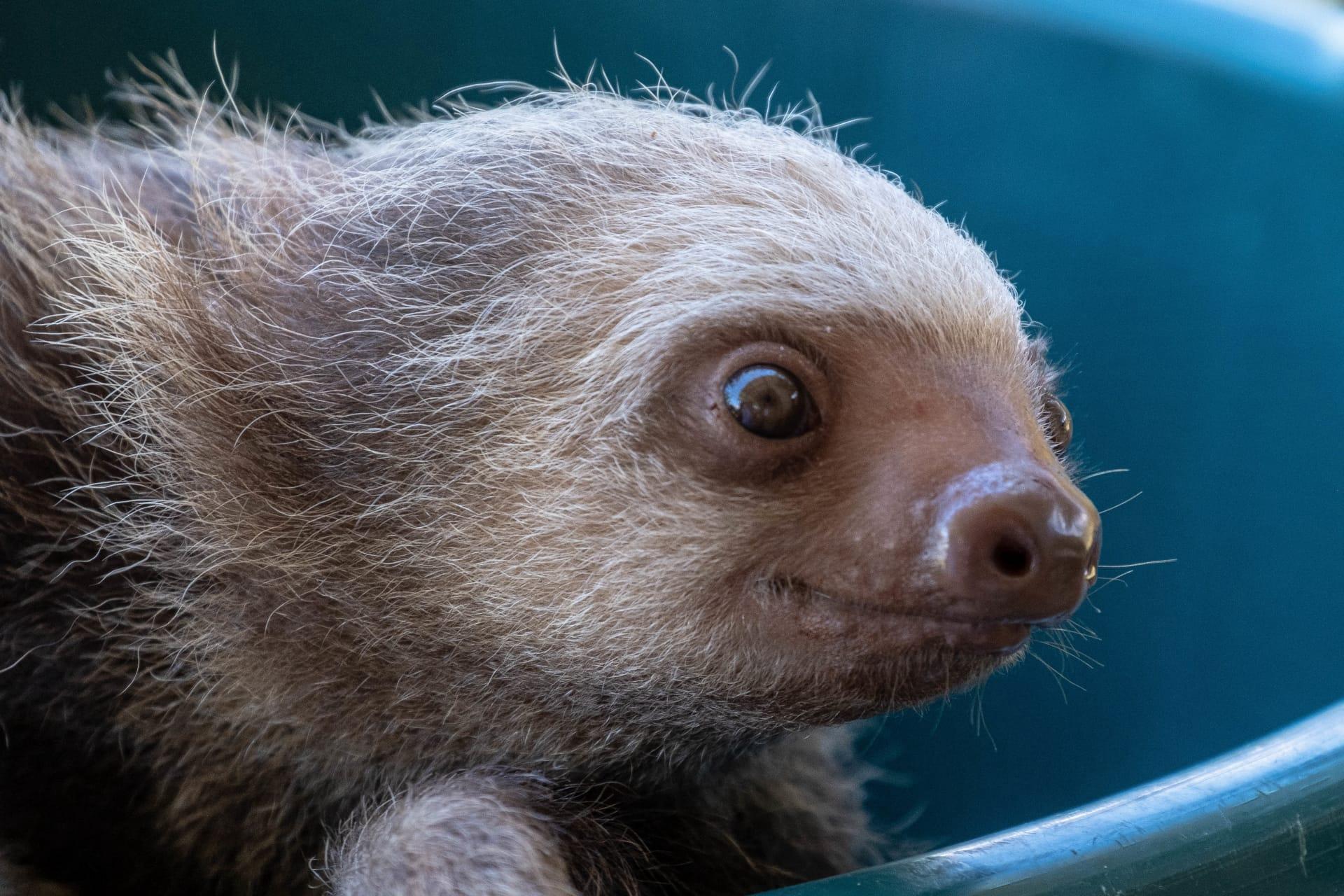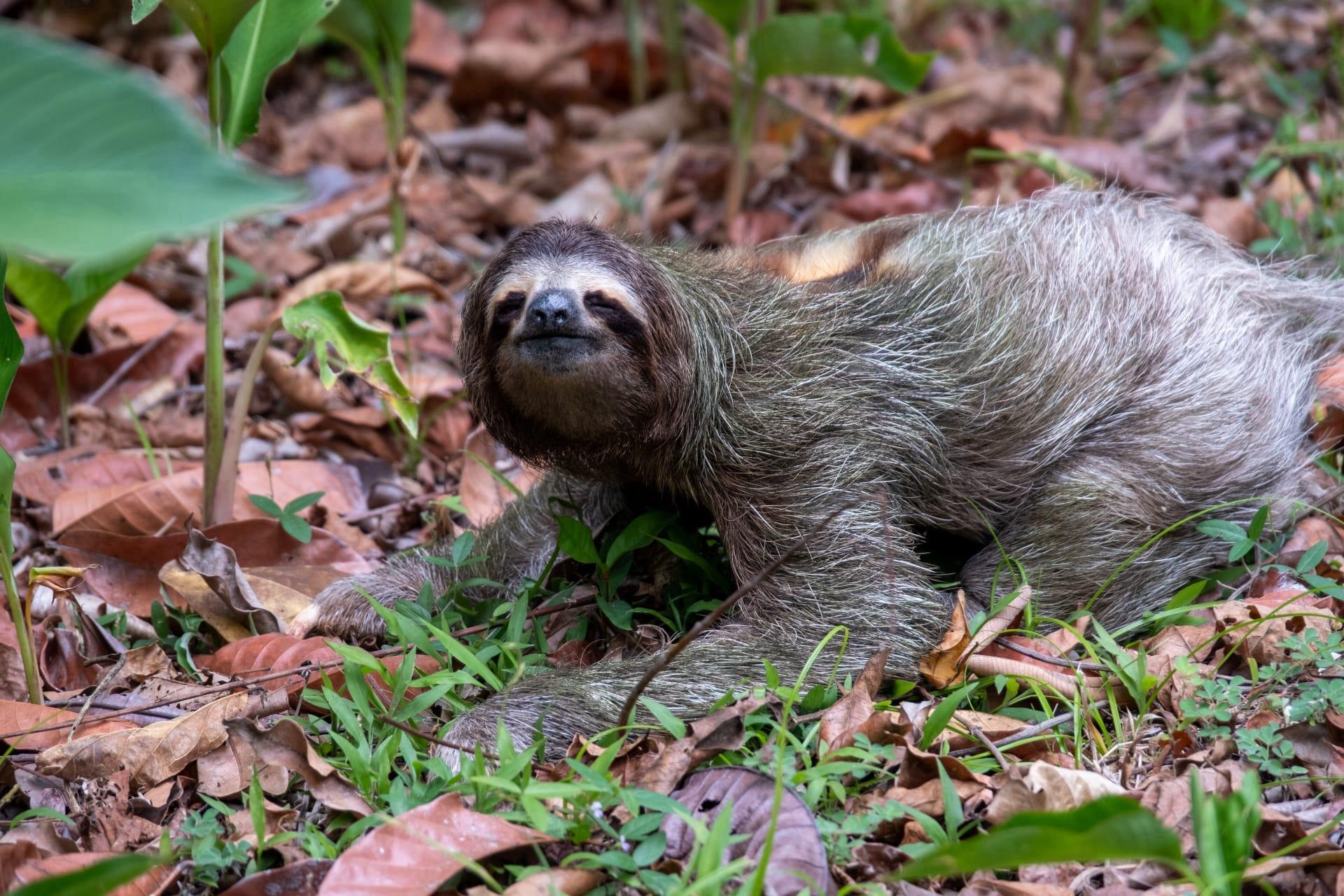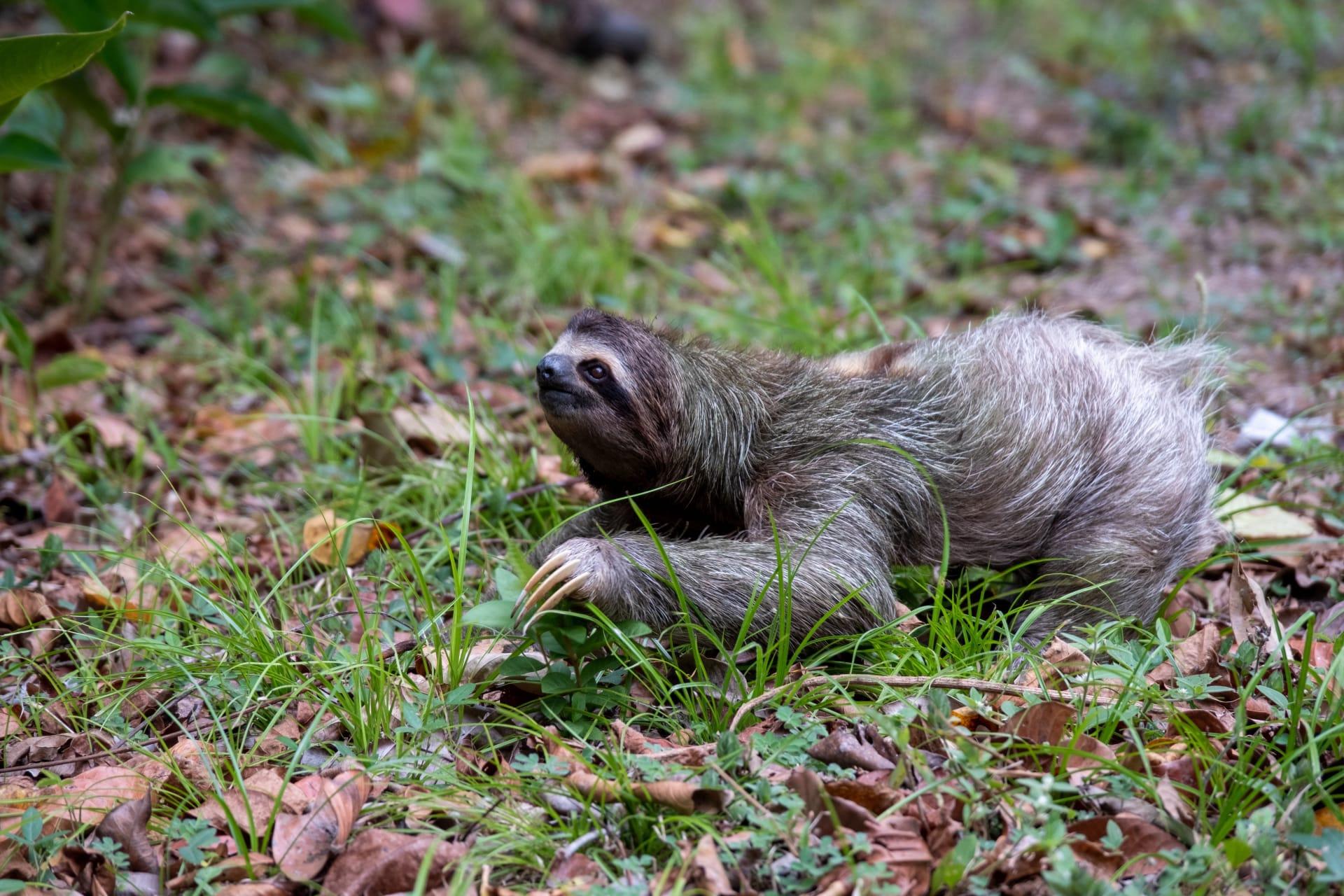Sloth
- Home /
- Mini Encyclopedia /
- Animal /
- Sloth
1
Sloths, known for their slow-paced lifestyle, belong to the order Pilosa and are classified into two families: the Bradypodidae, housing four species of three-toed sloths, and the Megalonychidae, consisting of two species of two-toed sloths. The four species of three-toed sloths are the Pygmy Three-toed Sloth, the Maned Sloth, the Pale-throated Sloth, and the Brown-throated Sloth. The two species of two-toed sloths are the Linnaeus's Two-toed Sloth and the Hoffmann's Two-toed Sloth. Each species has distinct physical and behavioral characteristics, adapted to their specific environments.
Sloths are predominantly found in the rainforests of Central and South America. Their distribution ranges from the rainforests of Honduras in Central America to the northern parts of Argentina in South America. Sloths inhabit a variety of forest types including lowland and mountainous regions. Their preference for high-canopy environments with abundant foliage is critical for their survival, as their diet mainly consists of leaves, fruits, and shoots. The humid and warm climate of these regions provides an ideal habitat for sloths, supporting their slow metabolism and arboreal lifestyle.

2
Question: Are sloths really as lazy as they seem?
Answer: Contrary to popular belief, sloths are not lazy; their seemingly lethargic behavior is a survival strategy. Sloths have an exceptionally low metabolic rate, among the lowest in mammals, which necessitates their slow movements. This strategy helps conserve energy, vital for their survival given their low-nutrient diet of leaves. Moreover, moving slowly and infrequently makes them less noticeable to predators. Their slow pace, therefore, is not due to laziness but an adaptation to their ecological niche.

3
Sloths have evolved several unique survival strategies. Their slow movement and greenish-tinted fur, caused by algae growth, provide excellent camouflage among the treetops. This adaptation helps them evade predators like jaguars and eagles. Additionally, sloths have a highly specialized diet, primarily consuming leaves that are difficult for many other animals to digest. Their complex, multi-chambered stomachs allow for efficient fermentation and extraction of nutrients from this tough diet.
Another remarkable adaptation is their infrequent descent to the ground, which only occurs about once a week for defecation. This unusual behavior minimizes their exposure to ground-based predators. Furthermore, sloths have strong, curved claws that enable them to hang effortlessly from branches, conserving energy and allowing them to sleep for about 15-20 hours a day, an essential aspect of their energy conservation strategy.

4
In the ecosystem, sloths play a significant role in maintaining forest health. They aid in nutrient cycling by consuming leaves and then dispersing seeds through their feces. This contributes to the regeneration and diversity of forest vegetation. Their slow movement and long digestion process allow seeds to be more widely dispersed, enhancing forest regeneration.
Sloths also support a unique ecosystem on their own bodies. Their fur hosts a variety of symbiotic organisms, including algae, beetles, and moths. The algae provide the sloths with camouflage, while in return, the sloths offer a habitat for the algae to grow. This symbiosis is a remarkable example of mutualism, where different species closely interact and benefit from each other, demonstrating the interconnectedness of species within the rainforest ecosystem.

5
Film: "Sloth: Life in the Slow Lane" (USA, 2016). This documentary offers a detailed insight into the world of sloths, exploring their unique lifestyle and survival strategies. It showcases stunning footage of sloths in their natural habitat, providing viewers with a close-up look at their behavior, diet, and interaction with the ecosystem.
Book: "The Secret Life of Sloths" by Lucy Cooke (USA, 2019). This book delves into the fascinating world of sloths, detailing their biology, behavior, and conservation. Cooke, a renowned zoologist and photographer, combines scientific research with vivid photography, offering a comprehensive and engaging overview of these intriguing creatures.
Book: "Sloths: Biology, Ecology, and Conservation" by Anne-Claire Fabre and Bryson Voirin (USA, 2021). This scientific text provides an in-depth analysis of sloth biology and ecology. Authored by leading sloth researchers, it covers topics such as sloth anatomy, physiology, behavior, and the challenges they face in a rapidly changing environment. The book is a valuable resource for anyone interested in sloth conservation and research.